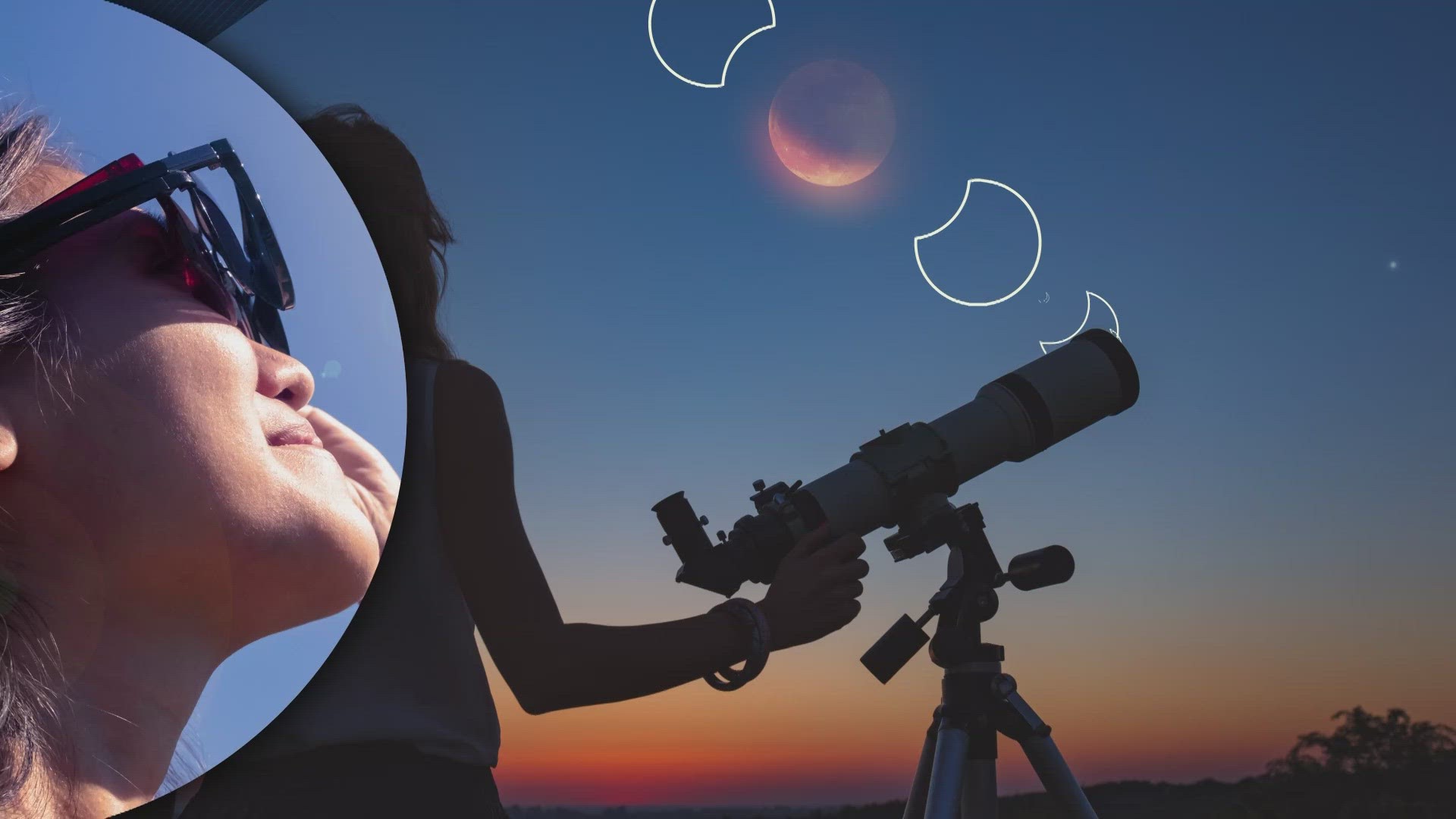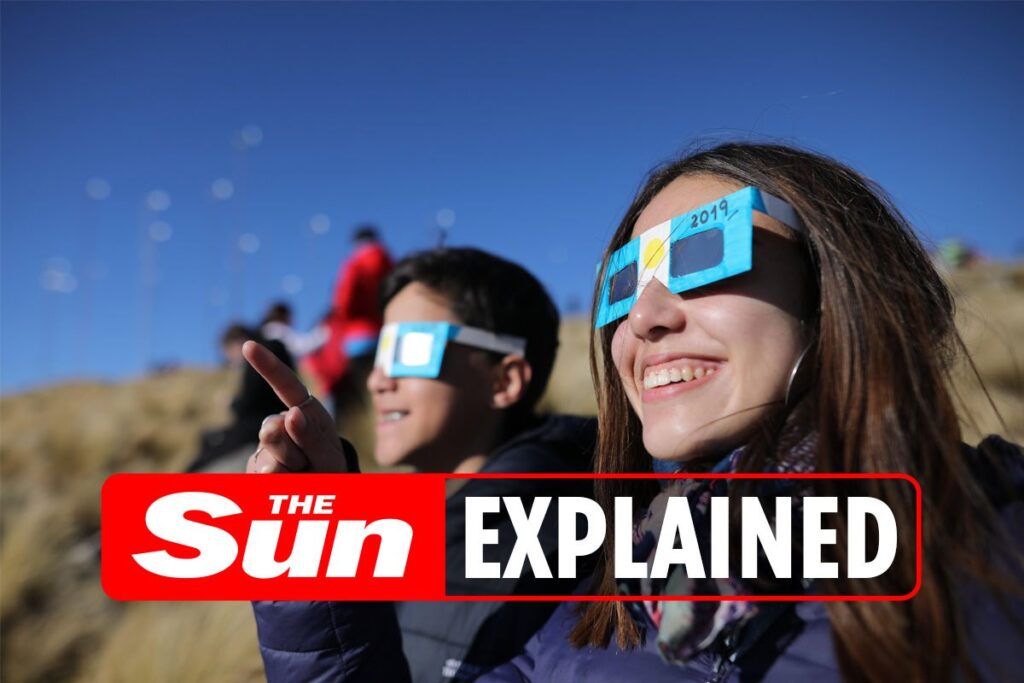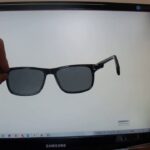The celestial dance of the sun, moon, and Earth, culminating in a solar eclipse, has captivated humanity for millennia. These awe-inspiring events, where the moon temporarily obscures the sun, ignite a mix of wonder and apprehension. A key question that arises, particularly for those witnessing an eclipse for the first time, is whether ordinary sunglasses suffice for safe viewing. This question isn’t trivial; it touches upon the delicate balance between enjoying a spectacular natural phenomenon and protecting our eyesight. The sun’s intense energy, even during a partial eclipse, can cause severe and irreversible damage if proper precautions aren’t taken. Understanding the science behind this phenomenon, and the crucial role of specialized eclipse viewing equipment, is essential for safe and meaningful observation. This comprehensive guide delves into the intricacies of solar eclipse viewing, examining the potential risks, the effectiveness of various methods, and providing actionable advice for safe viewing. We’ll explore the different types of eclipse glasses, the dangers of improper viewing, and the importance of understanding the science behind solar eclipses.
Understanding Solar Eclipses
What Causes a Solar Eclipse?
A solar eclipse occurs when the moon passes between the sun and the Earth, casting its shadow on our planet. This alignment, while a captivating spectacle, presents a significant danger to the eyes if not observed with appropriate protection.

Types of Solar Eclipses
There are three primary types of solar eclipses: total, partial, and annular. Each type presents varying degrees of risk, and appropriate safety measures must be taken regardless of the type.
The Science Behind the Sun’s Power
The sun emits vast amounts of energy, a significant portion of which is in the form of ultraviolet (UV) and infrared radiation. These types of radiation are invisible to the naked eye but can cause severe damage to the retina, potentially leading to blindness or other vision problems.
Can Ordinary Sunglasses Protect Your Eyes?
The Myth of Sunglasses
While sunglasses provide some protection from the sun’s glare, they are generally insufficient to safeguard your eyes during a solar eclipse. The intensity of the sun’s light during an eclipse is significantly greater than during normal daylight, making regular sunglasses inadequate.
Why Regular Sunglasses Fail
Regular sunglasses are typically designed to filter visible light, not the specific wavelengths of UV radiation that can cause severe eye damage. A simple observation comparison reveals that the sun’s intensity drastically increases during an eclipse, requiring far more powerful filtering than average sunglasses can provide.
Safe Viewing Practices
Essential Eclipse Viewing Equipment
Eclipse glasses specifically designed for viewing solar eclipses are crucial for eye safety. These glasses filter out harmful UV and infrared radiation, allowing you to safely observe the event. These glasses are certified by organizations like the International Astronomical Union and should meet strict standards for safety.
Choosing the Right Eclipse Glasses
It is crucial to ensure that the glasses meet international safety standards. Look for ISO 12312-2 certification, which guarantees adequate protection.
- Never use regular sunglasses, even very dark ones.
- Always check the expiration date and condition of the glasses.
Alternative Safe Viewing Methods
Several other methods exist for safe viewing of a solar eclipse. These include using specialized filters, projecting the image onto a white surface, or employing pinhole cameras.
Projecting the Image
Using a pinhole camera or a similar method can safely project the eclipse onto a piece of paper or cardboard, allowing you to observe the event without looking directly at the sun. This method allows for a shared experience and creates a visual representation of the eclipse.
Potential Hazards and Risks
Eye Damage from Improper Viewing
Directly looking at the sun, even for a brief period during an eclipse, can cause severe damage to the retina. The damage may not be immediately apparent, and the long-term effects can be debilitating.
Long-Term Effects of Eye Damage
Severe and irreversible damage to the eyes can result from improper viewing. This includes permanent vision loss, cataracts, and macular degeneration.
- Immediate symptoms may include temporary vision loss or discomfort.
- Chronic conditions may manifest over time.
Summary
Solar eclipses are a captivating natural phenomenon, but they require careful consideration for safe viewing. Ordinary sunglasses are insufficient for protection. Specialized eclipse glasses, certified by reputable organizations, are crucial for safe observation. Alternative methods, like projecting the image, can also be used. Directly viewing the sun without appropriate protection can result in severe eye damage. Prioritize safety and enjoy the spectacle responsibly.
Frequently Asked Questions (FAQs)
Can I use welder’s glass to view a solar eclipse?
While welder’s glass can offer some protection, not all types are suitable for viewing solar eclipses. Only specific shades of welder’s glass, typically shade 14 or higher, are adequate for safe viewing. Always verify the shade number before use. It’s always better to use eclipse glasses for the safety of your vision.
What are the long-term effects of looking at a solar eclipse without proper protection?
Looking at a solar eclipse without proper protection can lead to various long-term eye problems, including permanent vision loss, cataracts, and macular degeneration. These conditions can severely impact visual acuity and overall eye health.
How do I know if my eclipse glasses are safe?
Look for ISO 12312-2 certification on the glasses. This certification ensures that the glasses meet the required safety standards for viewing solar eclipses. Always check the expiration date and the condition of the glasses before use. If in doubt, discard the glasses and obtain new ones.
How can I safely share the experience of a solar eclipse with others?
Consider projecting the eclipse’s image onto a white surface using a pinhole camera or similar method. This allows multiple people to safely observe the eclipse without looking directly at the sun. Explain the importance of safety precautions and encourage everyone to use certified eclipse glasses.
Are there any other specific precautions to take during a solar eclipse?
Always supervise children during a solar eclipse and ensure they are using certified eclipse glasses. Never look directly at the sun for extended periods, even with proper protection. If you experience any eye discomfort or vision changes during or after the eclipse, consult an ophthalmologist immediately.



